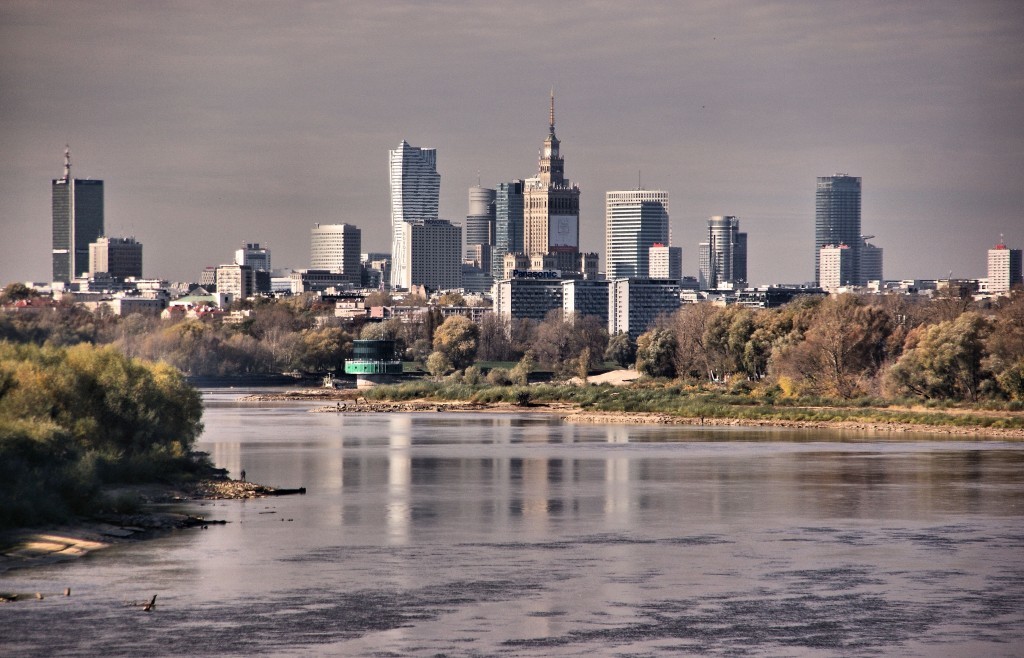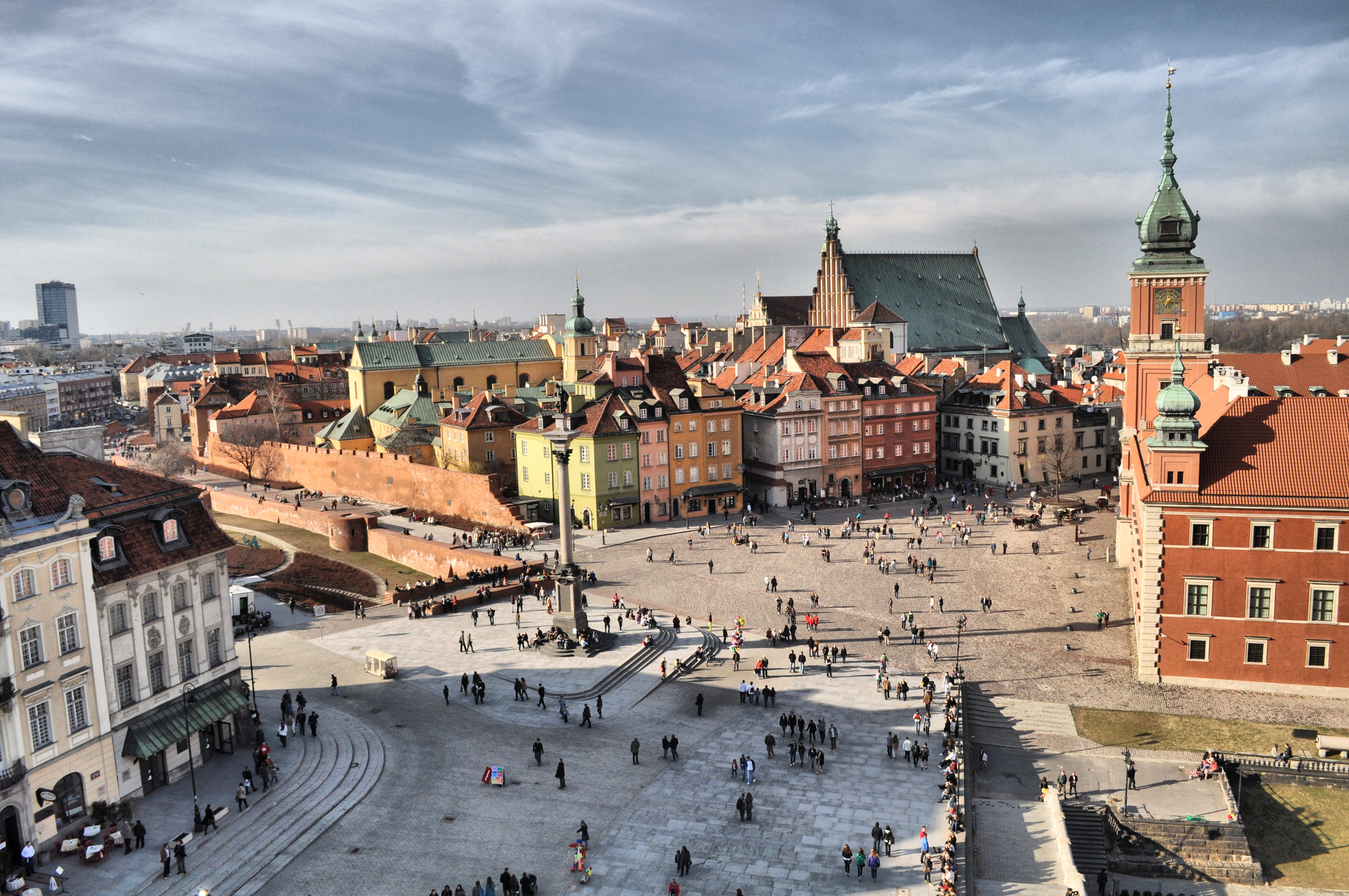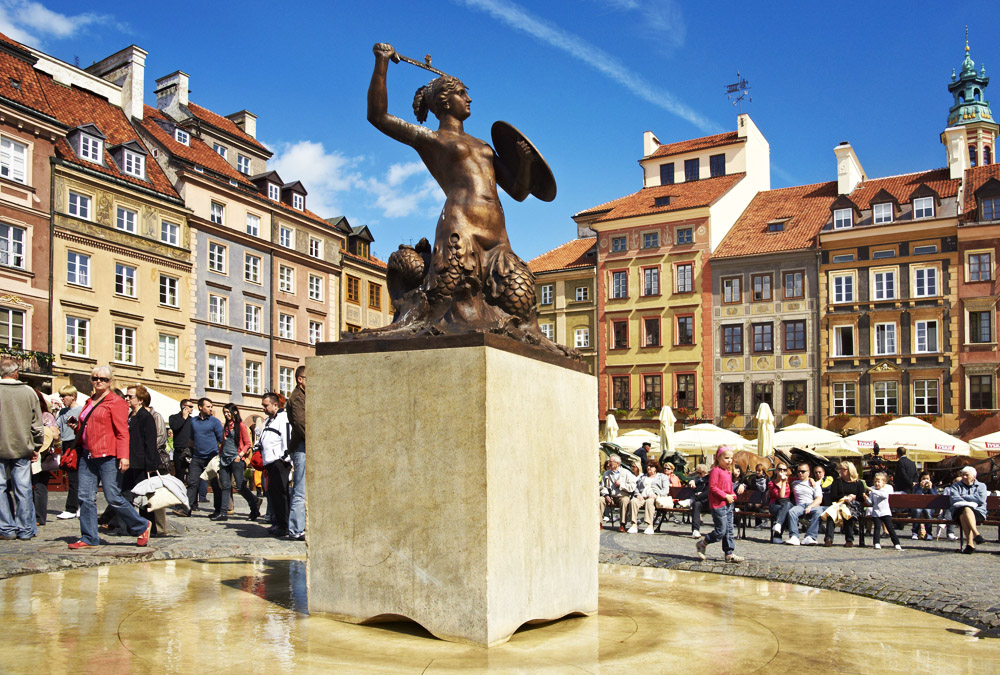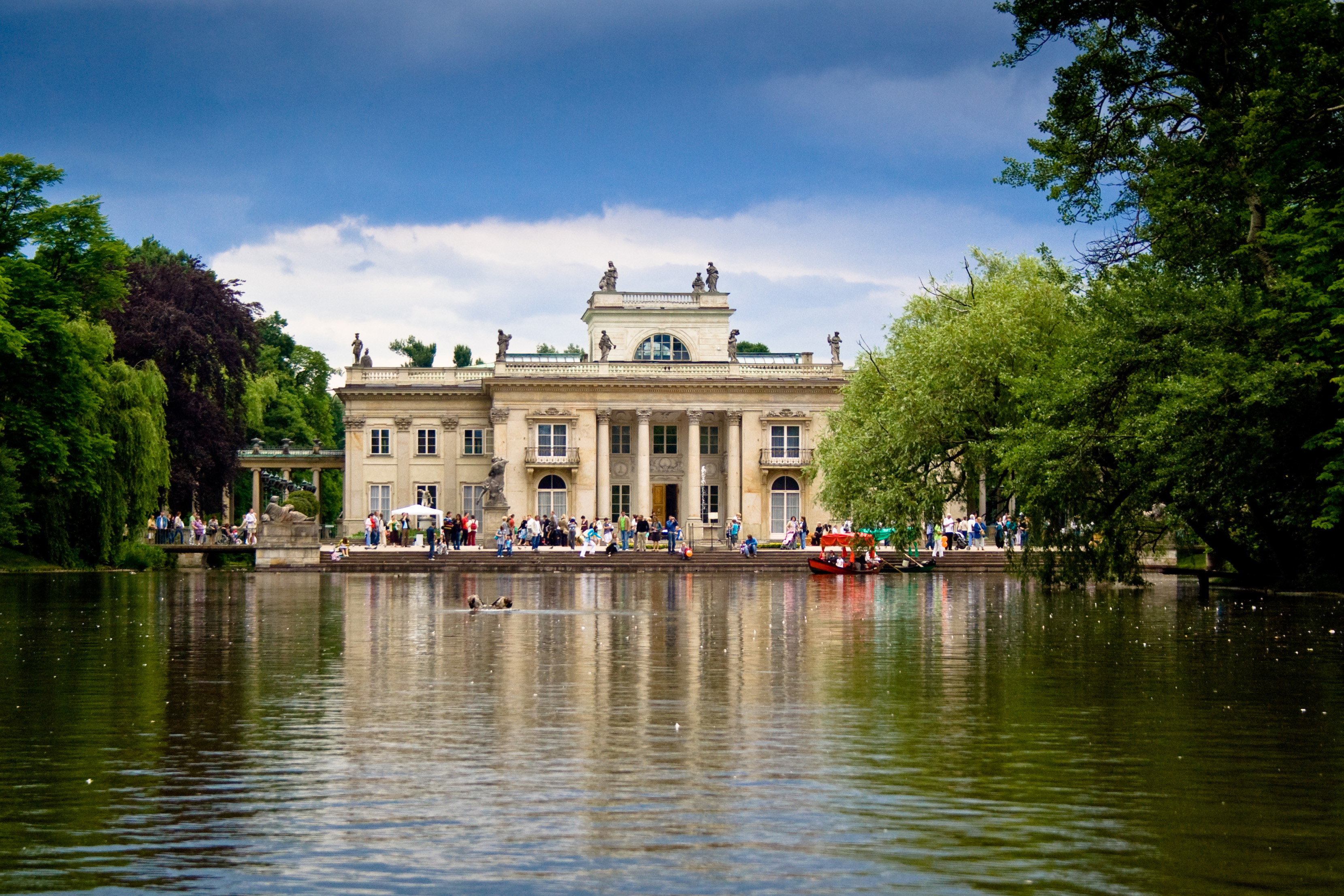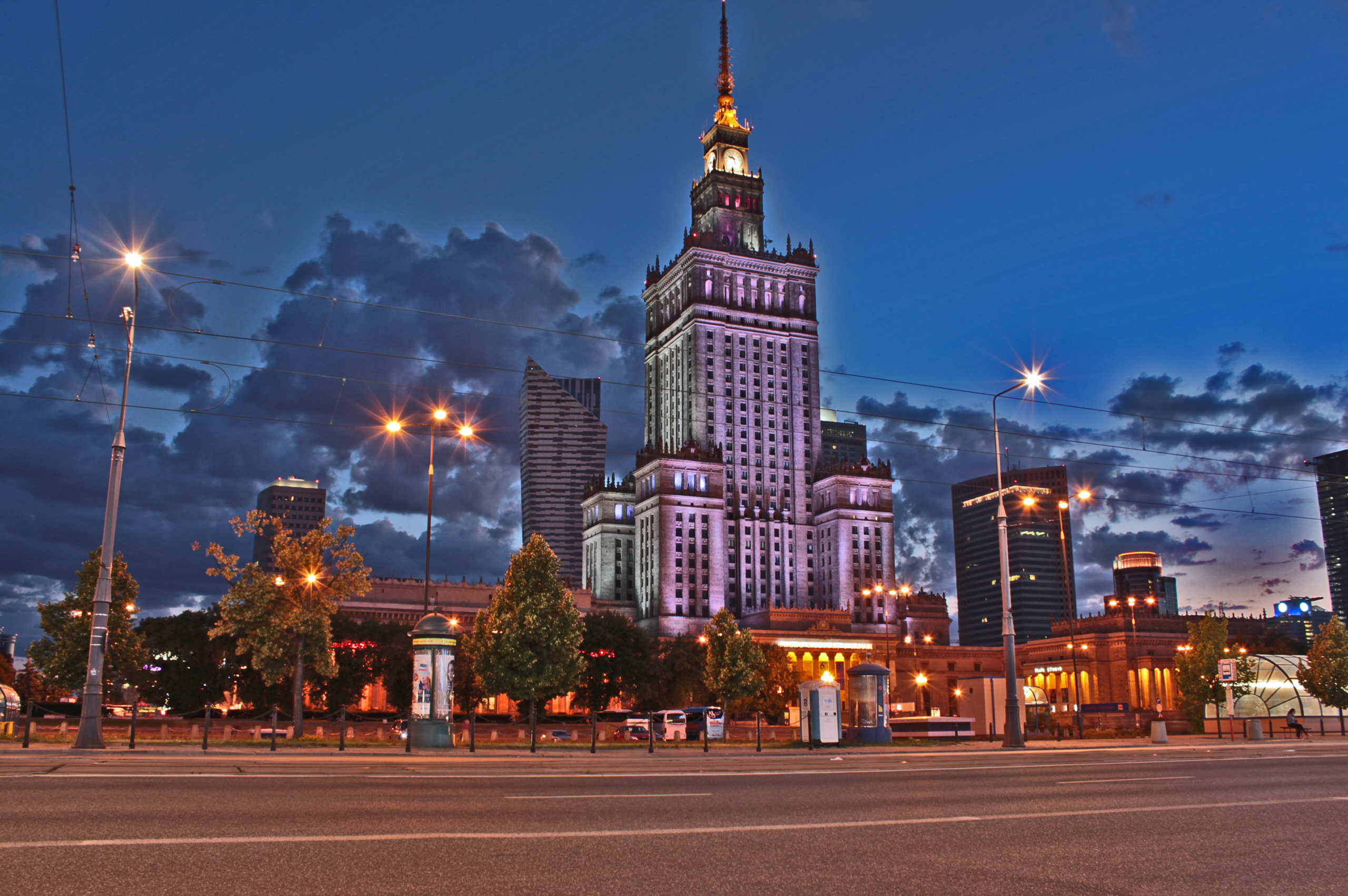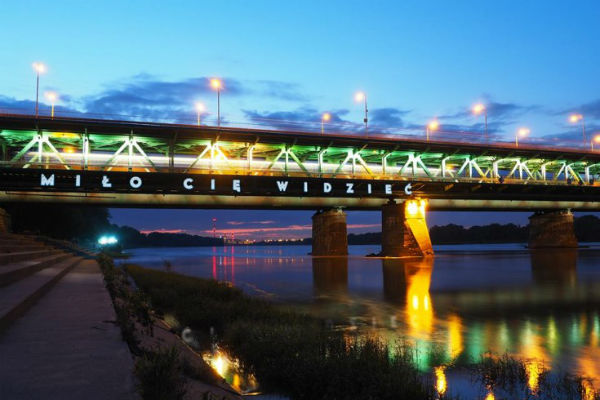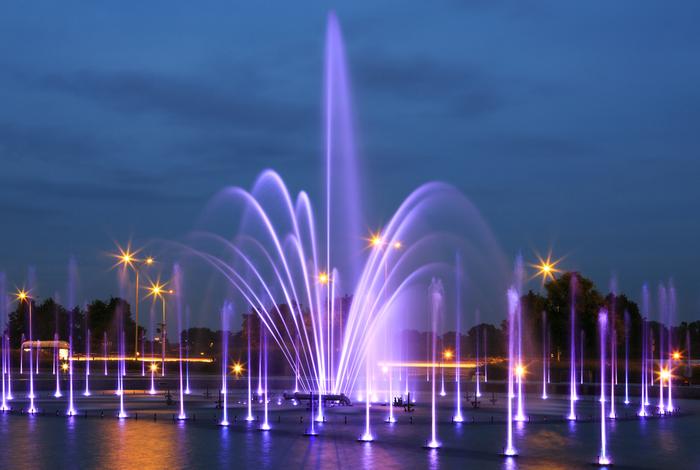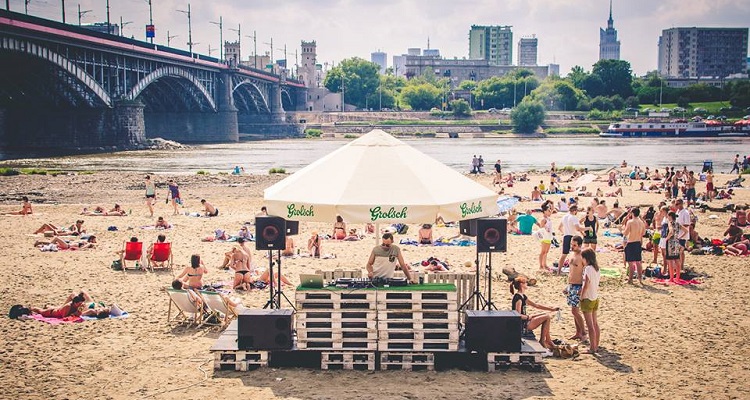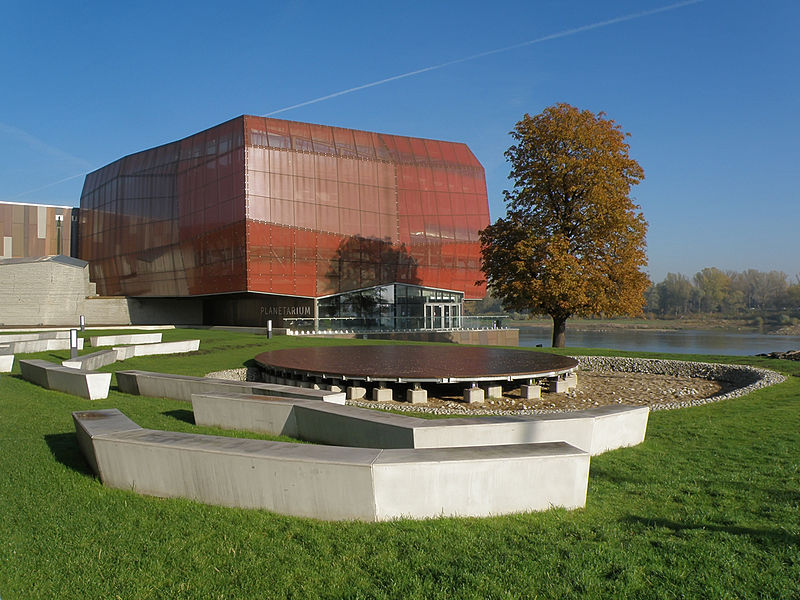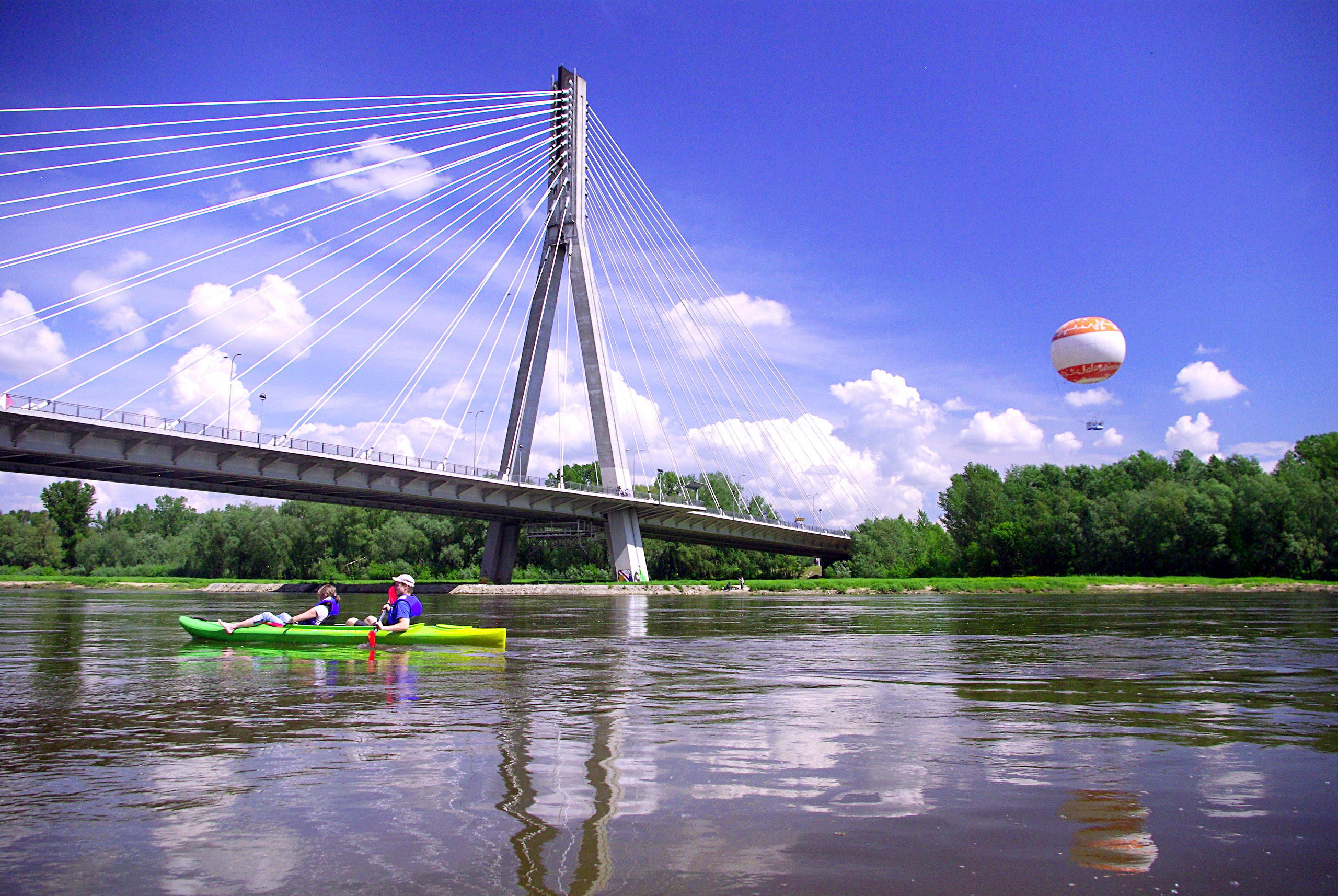Warsaw
Warsaw is the capital of Poland for almost one hundred years; additionally, 420 years ago the king of Poland moved from Cracow to Warsaw. Therefore, we would like to focus for a moment on our city, full of life and energy yet still quiet and charming. See the article and pictures below.
Warsaw is full of opportunities and possibilities and offers plenty of things to do, regardless of one’s preferences. Still, to get acquainted with its unique atmosphere it is worth to spent some of your time strolling around and get lost between monumental old churches, modern, sun-reflecting skyscrapers and simple, raw blocks straight from the 60s and 70s. The Old Town, heart of the city rebuilt after the World War II, is the most recognizable area of the capital. Next to the Castle Square there is the Royal Palace with its museum, where visitors can admire paintings of famous artists: Matejko, Rembrandt, and Canaletto, to name just a three of them. Not very far from the Castle Square, in the middle of the Old Town, there is the Marketplace; there stands the symbol of our city – Warsaw Mermaid, to bee seen by hundreds of thousands of visitors each year.
Wandering through the street labyrinth you can feel completely anonymous; on the other hand, popping into any café, which are nowadays plenty in Warsaw, brings you into a friendly and warm atmosphere. Sunny, spring days encourage to take a walk in Saxon Gardens or Łazienki Park (Royal Baths Park). In the latter you can see the Palace on the Water surrounded by tens of white swans swimming on the water surface and red squirrels which do not fear to come near human’s hand in a search for a nut.
Warsaw offers monumental buildings left after the recent century, such as the Palace of Culture and Science, but dynamic development led to modern solutions for urban areas. City fountains near the New Town and Miło cię widzieć neon (eng. Nice to see you) on the Gdań ski Bridge are only two out of numerous examples of new ideas.
Warsaw offers monumental buildings left after the recent century, such as the Palace of Culture and Science, but dynamic development led to modern solutions for urban areas. City fountains near the New Town and Miło cię widzieć neon (eng. Nice to see you) on the Gdań ski Bridge are only two out of numerous examples of new ideas.
For more detailed information on our stunning city you are welcome to contact any of tourist information centers of explore on your own.
